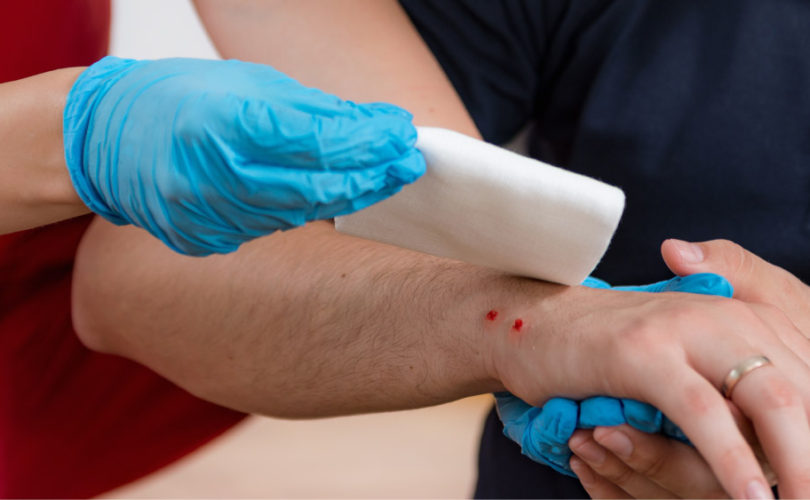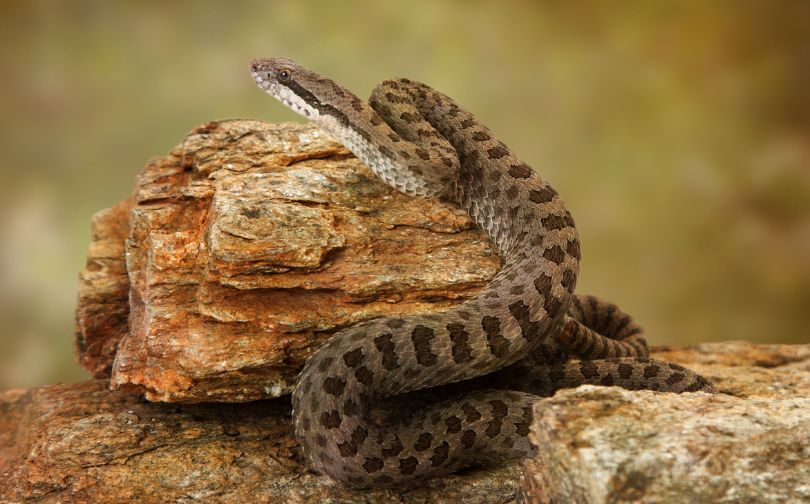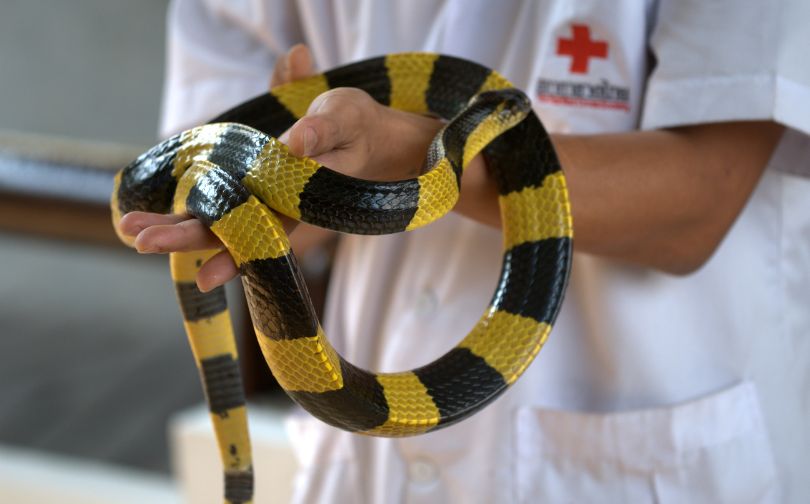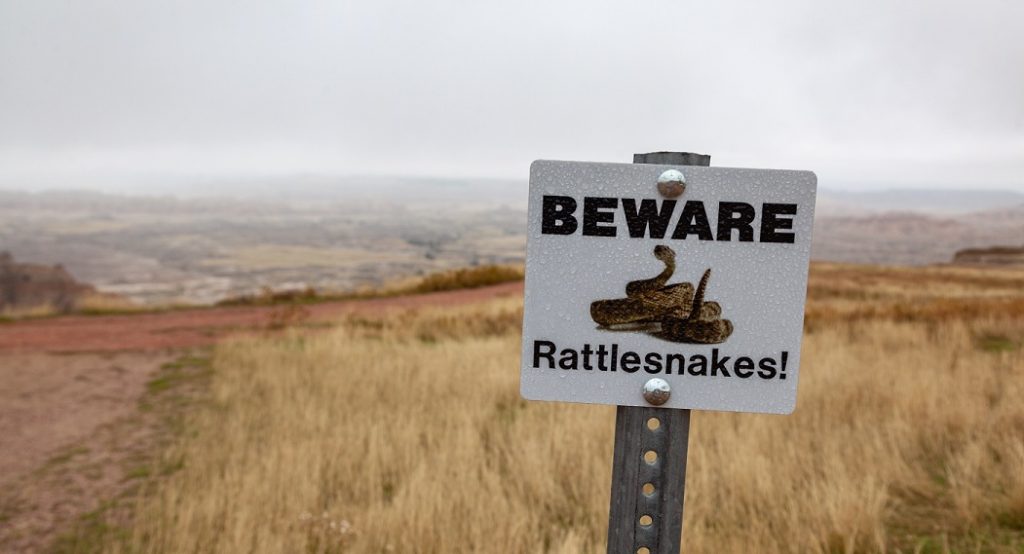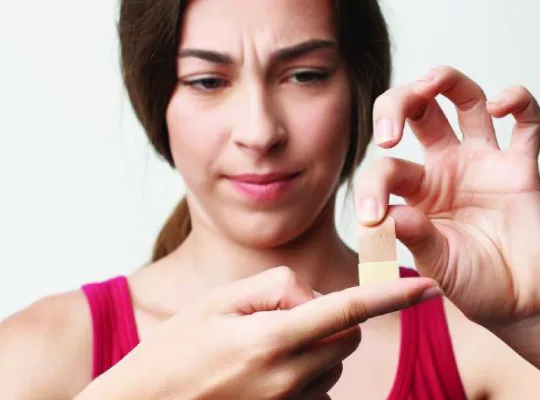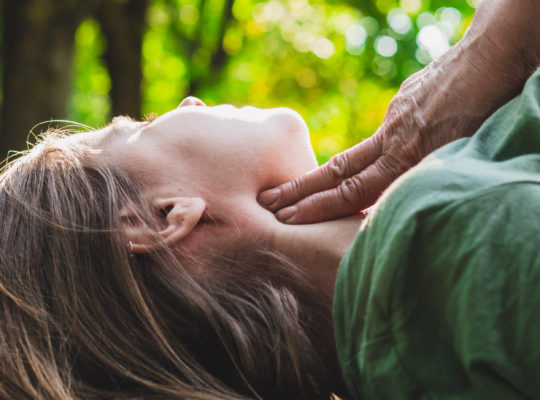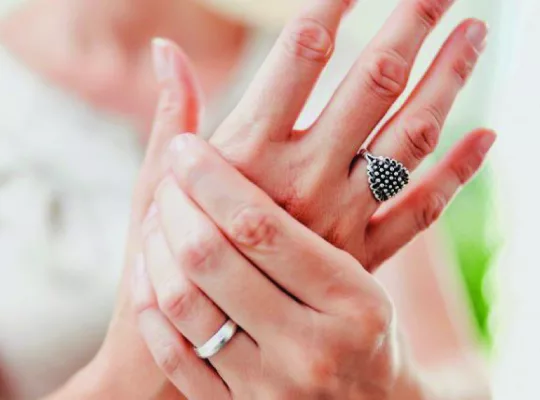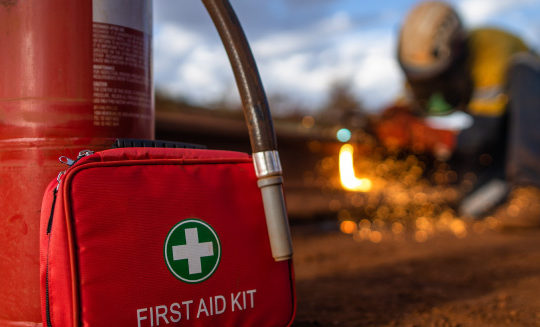Snakebites can turn a peaceful outing into a life-threatening emergency. Without the right knowledge, panic can set in, making it harder to respond effectively. Each year, nearly 5.4 million people are bitten by snakes, and a significant portion of these cases result in serious complications or fatalities. Understanding what to do in those critical moments after a bite can save lives.
The confusion around first aid for snakebites often stems from outdated advice or myths. Some believe they should “suck out the venom” or apply ice—both dangerous misconceptions that could worsen the injury. Knowing the right steps gives you control in a high-stakes situation.
This article will guide you through practical, evidence-based actions to take if a snakebite occurs, whether you’re out on a hike or in your backyard. By the end, you’ll feel prepared to handle a snakebite calmly and effectively.
What Are the Symptoms of a Snakebite?
The symptoms of a snake bite vary depending on whether the snake is venomous or non-venomous. Identifying symptoms early can make a significant difference in the effectiveness of treatment.
- Venomous Snake Bite Symptoms
- Pain and Swelling: Severe, localized pain around the bite area that usually begins quickly.
- Puncture Marks: Fang marks at the bite site, often two close puncture wounds.
- Color Changes: Swelling and bruising that spreads from the bite site.
- Other Symptoms: Nausea, vomiting, sweating, difficulty breathing, and blurred vision.
- Neurological Symptoms: Some snake venoms can cause muscle weakness, paralysis, or even respiratory failure.
- Non-venomous Snake Bite Symptoms
Non-venomous bites generally cause minimal discomfort and do not spread poison through the bloodstream. Symptoms may include:- Mild to moderate pain around the bite.
- Redness, swelling, or minor bleeding.
- Potential infection at the wound site if not cleaned properly.
How to Treat a Snakebite?
Get somewhere safe. Snakes are often territorial and only attack humans when they feel threatened.
Call 911 or have someone else call 911.
Remove any clothing that is covering the bite or will prevent the tourniquet from working properly.
If the snakebite is on a limb, apply the tourniquet 2-3 inches above the wound, but not directly on a joint. This should be tied with the same tightness as if you were going to get blood drawn.
Use the venom extractor on one bite mark at a time, alternating between the two. Do this five to six times on each side.
If the snake has a coagulant in its venom and the extractor seems to be ineffective, clean the area with an antiseptic towelette and then use the scalpel to open the wound. This will hopefully allow the extractor to pull out the clotted blood and the venom.
Clean the wound with the BZK antiseptic towelettes and apply the bandages to the bite.
If you are treating someone else who has lost consciousness, use the ammonia inhalants to attempt to wake them up.
If the person hit their head or suffered a spinal injury after fainting, keep them still and call emergency services.
What Not to Do If You Get a Snakebite?
- Do Not Attempt to Suck Out the Venom: This method has been debunked and can introduce infection.
- Do Not Apply Ice: Ice can worsen tissue damage and interfere with medical treatment.
- Do Not Use a Tourniquet: Restricting blood flow can concentrate venom in one area, potentially leading to severe tissue damage.
- Do Not Drink Caffeine or Alcohol: These can speed up the absorption of venom into the bloodstream.
- Avoid Trying to Capture the Snake: Stay safe and focus on getting medical help rather than pursuing the snake.
Other Uses for the Kit
Our first aid kit for snakebites can also be used for insect bites and stings. The steps are exactly the same; however, the tourniquet will only be necessary for insects that have life-threatening venom, and the venom extractor will be able to cover the entire bite. The venom extractor can work for bees, wasps, spiders, scorpions, and even mosquitoes.
For bee stings, make sure to remove the stinger before using the extractor. Most insect venom stays closer to the surface of the skin, is in much lower doses, and should be much easier to extract than snake venom.
Notes for Snakebites and Extractors
If the snakebite is in an area with a lot of muscle like the calf, thigh, upper arm, etc. it may be impossible to fully extract the venom as the extractor’s suction won’t reach the muscle tissue. It is also likely that the extractor will not be able to extract all of the venom, and you or the victim should seek medical attention. The goal is to prevent the venom from spreading as much as possible, but snakes have adapted very effective venoms, and as such proper treatment will be necessary. Snakes can also carry germs and bacteria that could infect the wound if not treated properly.
Conclusion
Snakebites demand quick, informed action to prevent serious complications. Misconceptions, like applying ice or trying to “suck out the venom,” can do more harm than good. It’s crucial to stick with proven steps, including calling emergency services and using a venom extractor if available.
Knowing the symptoms of venomous versus non-venomous bites is equally important. Severe pain, swelling, and fang marks suggest a venomous bite, while minor pain and redness may indicate a non-venomous one. With the right first-aid skills, you’ll be better prepared to respond effectively.
While a snakebite kit can be life-saving, it’s not a substitute for professional care. Seek medical help after administering first aid to ensure complete treatment. Equipped with this knowledge, you can handle snakebites confidently and reduce potential risks.
FAQs
Should I Wash the Snakebite Before Seeking Medical Help?
For venomous bites, avoid washing the area since residual venom can help medical professionals identify the snake and administer the right treatment. For nonvenomous bites, however, washing with soap and water is recommended to prevent infection.
What Role Does Antivenom Play in Treating Snakebites?
Antivenom is essential for venomous snakebite treatment, as it counteracts venom’s effects in the body. Administered in a hospital, the specific antivenom given depends on the type of snake involved to ensure effective treatment.
Is It Safe to Drive Myself or Someone Else to the Hospital After a Snakebite?
Driving yourself after a snakebite is not advised due to possible symptoms like dizziness, which could impair driving ability. Instead, call emergency services or have someone else drive you to ensure a safer, faster arrival.
How Should I Apply a Pressure Immobilization Bandage for a Snakebite?
For a limb bite, apply a broad pressure bandage over the bite, wrapping it upwards along the limb to immobilize. Keep it snug but not too tight, allowing a slight finger-slide underneath for proper circulation and support.

